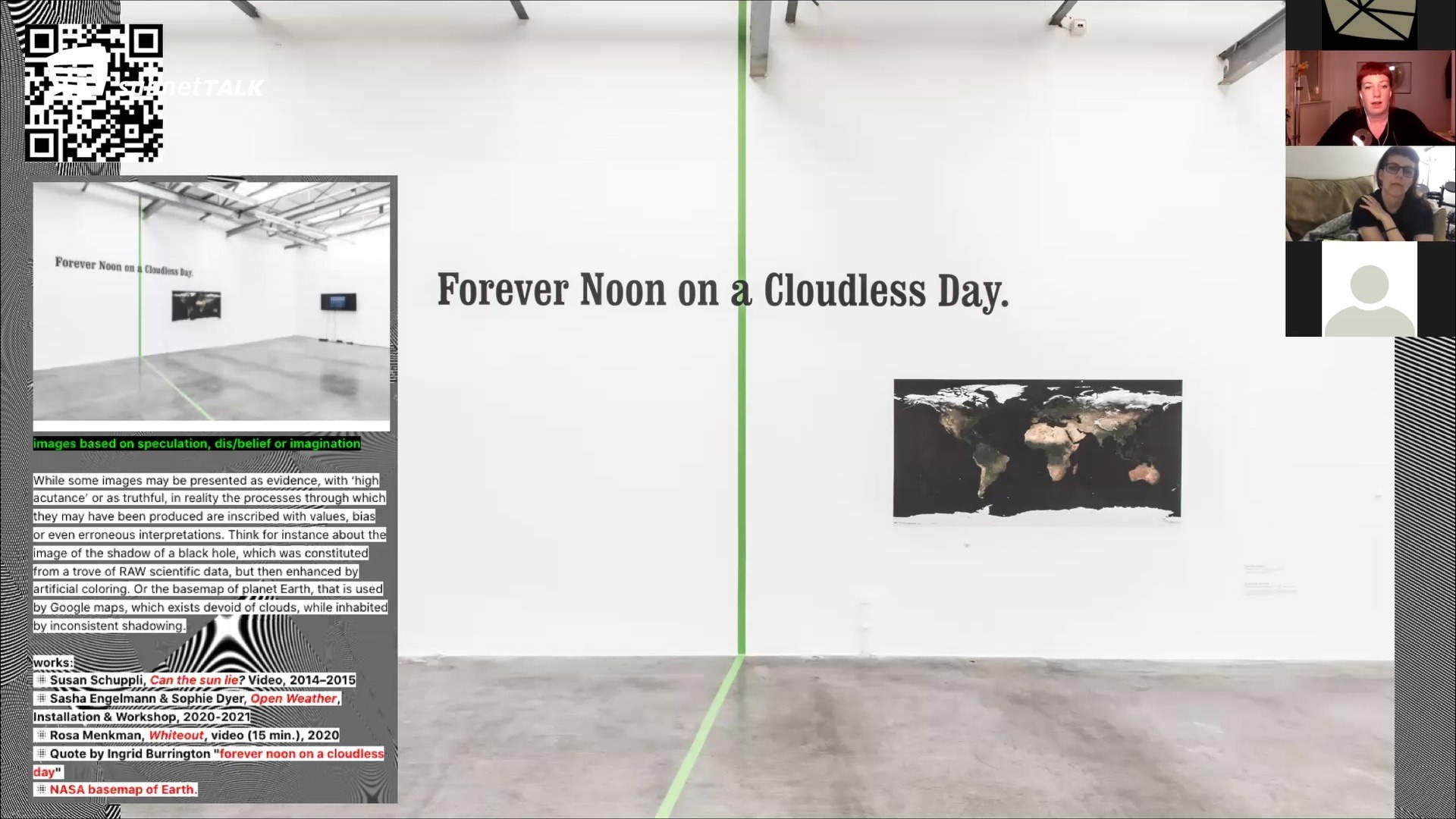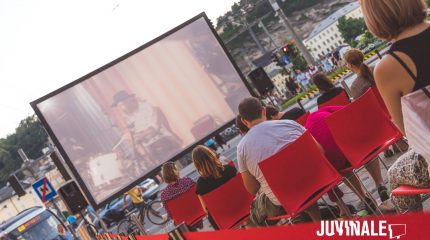Images are pervasive; they are used to entertain, to guide, to serve as evidence or as tools for discovery. But they can also be invisible, made for machines and by machines in order to filter, track, classify, sort, or delete. As such, they constitute and influence the fabric of our everyday lives. Sometimes it is even said that one’s life is now ruled by a regime of the optical. How are such regimes constructed?
In order for an object or thing – light or other type of data – to enter the visible domain and to become an image, it needs to be resolved. It needs to pass through a process involving standards, rules and compromises. As a result, under the fold of our image processing technologies, there is a complex system that constitutes our images and the optical regime we abide by. Spanning from all possible images to invisible images, Im/Possible images brings together strategies and methods of making visible. It also explores the conditions of image making today: how do resolutions shape images and how does the process of resolving compromise its rendering? Can one listen to an image? When do aberrations and translations turn into ‘false’ representations? And how has the field of computer simulation expanded the rules and functioning of our imagery?

Bitte akzeptiere YouTube-Cookies um dieses Video ansehen zu können. Mit deinem Einverständnis werden Inhalte von YouTube, einem externen Anbieter, geladen.
Mehr Informationen findest du in YouTube's Datenschutzrichtlinie.
Wenn du einverstanden bist wird deine Auswahl gespeichert und die Seite neu geladen.




